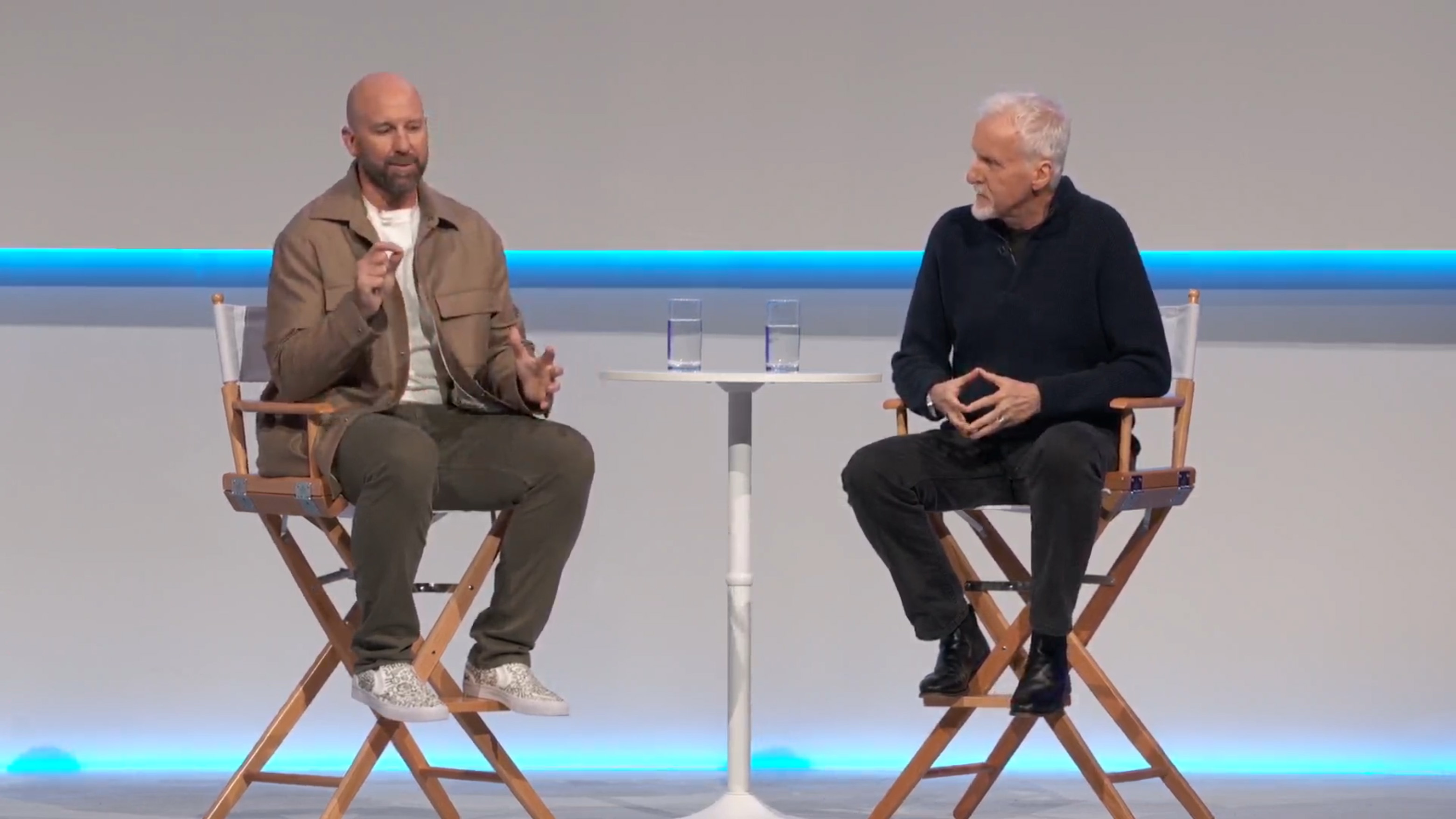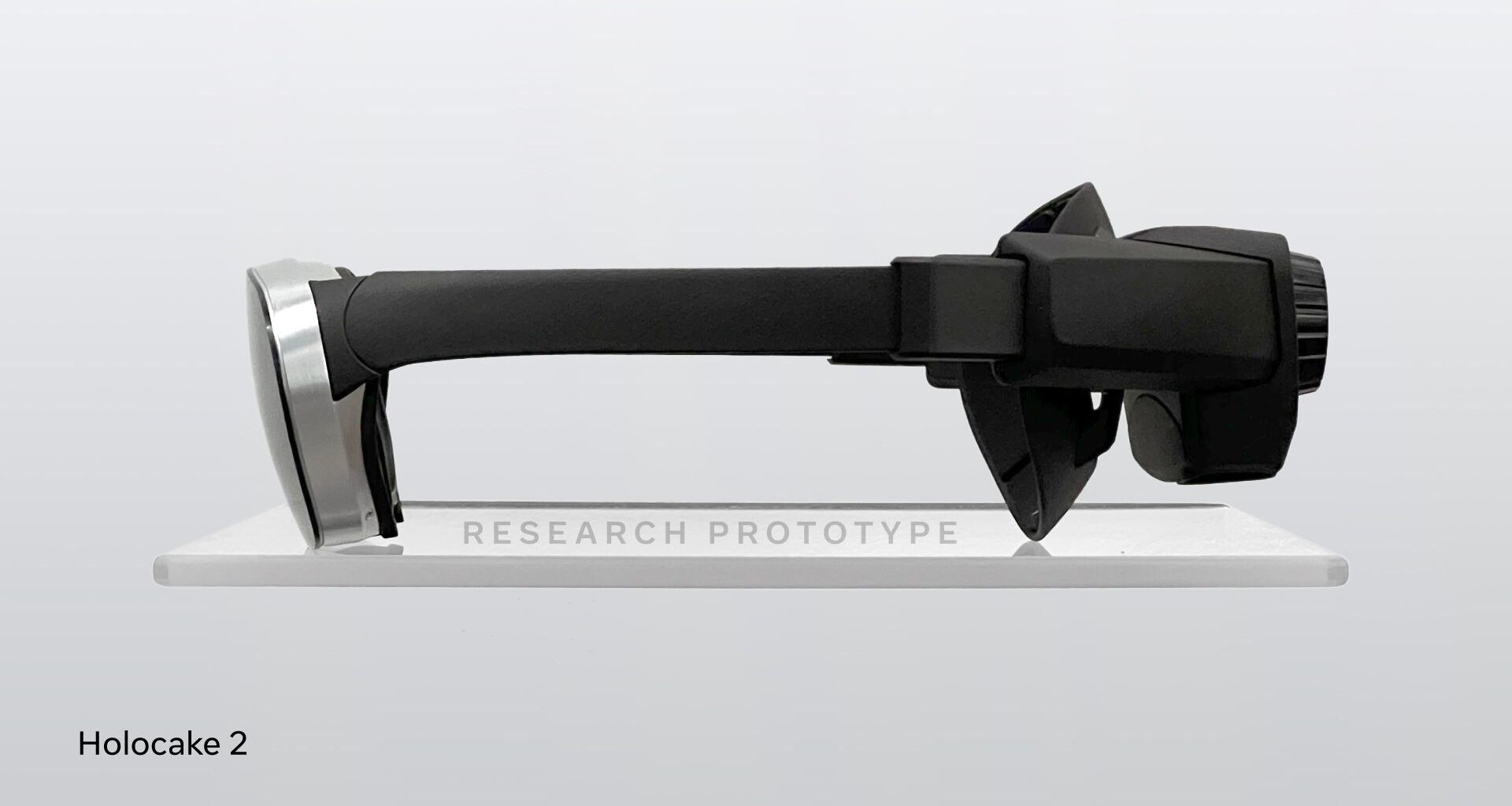What you need to knowNew Meta Quest 4 rumors point to a higher resolution display upgrade, eye and face tracking, and a smaller/lighter design, thanks to an external “puck.”The rumor notes that the headset may ship without controllers and could cost as much as $800.Lastly, Meta may ship this new headset with a new name, suggesting that it’s part of an entirely different product category rather than a traditional Meta Quest release.
Meta Quest 3 Black Friday sales are already here!
A new set of rumors and conjecture around Meta’s next XR headset backs up previous leaks and even gives us new information surrounding details of the upgraded hardware set to release sometime in late 2026.
But don’t call it a Meta Quest 4, because VR veteran Nima Zeighami left a post on X noting that the next Meta headset “won’t be called Quest.” Zeighami has been a part of the VR industry for a long time, working as the Technical Product Manager at Within, the company behind the ever-popular workout app Supernatural, back in 2017, and later going on to work for several other VR companies to this day.
In addition to this revelation of Meta’s purported new naming convention, Zeighami backed up previous rumors about the headset’s specs and revealed several new ones. That upgraded display is said to feature more pixels per degree (PPD) than the Quest 3, but not quite as high-res as Galaxy XR or Apple Vision Pro.
Best picks for you
PPD is a measurement of how many pixels are displayed within one degree of a viewer’s field of view (FOV). This is an important measurement because a higher resolution panel may not necessarily equate to better visuals if the “wrong” lenses are used. The Holocake 2 prototype, pictured above, featured an ultra-high 55 PPD (60 PPD is considered “retina resolution”) as well as a super slim profile.
Enjoy our content? Make sure to set Android Central as a preferred source in Google Search, and find out why you should so that you can stay up-to-date on the latest news, reviews, features, and more.


(Image credit: Meta)
Additionally, Zeighami backs up the idea that this next Meta headset will feature a separated “puck” that may contain both the compute and battery components of the headset. For comparison, the compute portion of the Valve Steam Frame weighs just 190g, while a Meta Quest 3 (with no detachable compute components) weighs 515g. Other minimalist premium VR headsets like the Bigscreen Beyond 2 weigh just 107g by offsetting tracking and compute to a connected PC, something Meta could hope to replicate with a separate puck.
Zeighami also notes that eye and face tracking will come standard on Meta’s next headset, mirroring that of the Galaxy XR, Apple Vision Pro, and the Meta Quest Pro. The kicker is that this new headset will reportedly only cost $800, a massive differentiator from the $1500 Quest Pro, $1800 Galaxy XR, and $3500 Apple Vision Pro.
A recent Instagram AMA from Meta CTO Andrew Bosworth (via Luna on X) seems to back up the idea that Meta is looking to launch a new lighter headset by “taking the wins from each generation…and pour it into lightness and smallness.” James Cameron also made similar comments back at Meta Connect in September this year, furthering the idea that we should expect a new supremely small and light standalone XR headset from Meta in 2026.
Today’s best Meta Quest 3S deals

